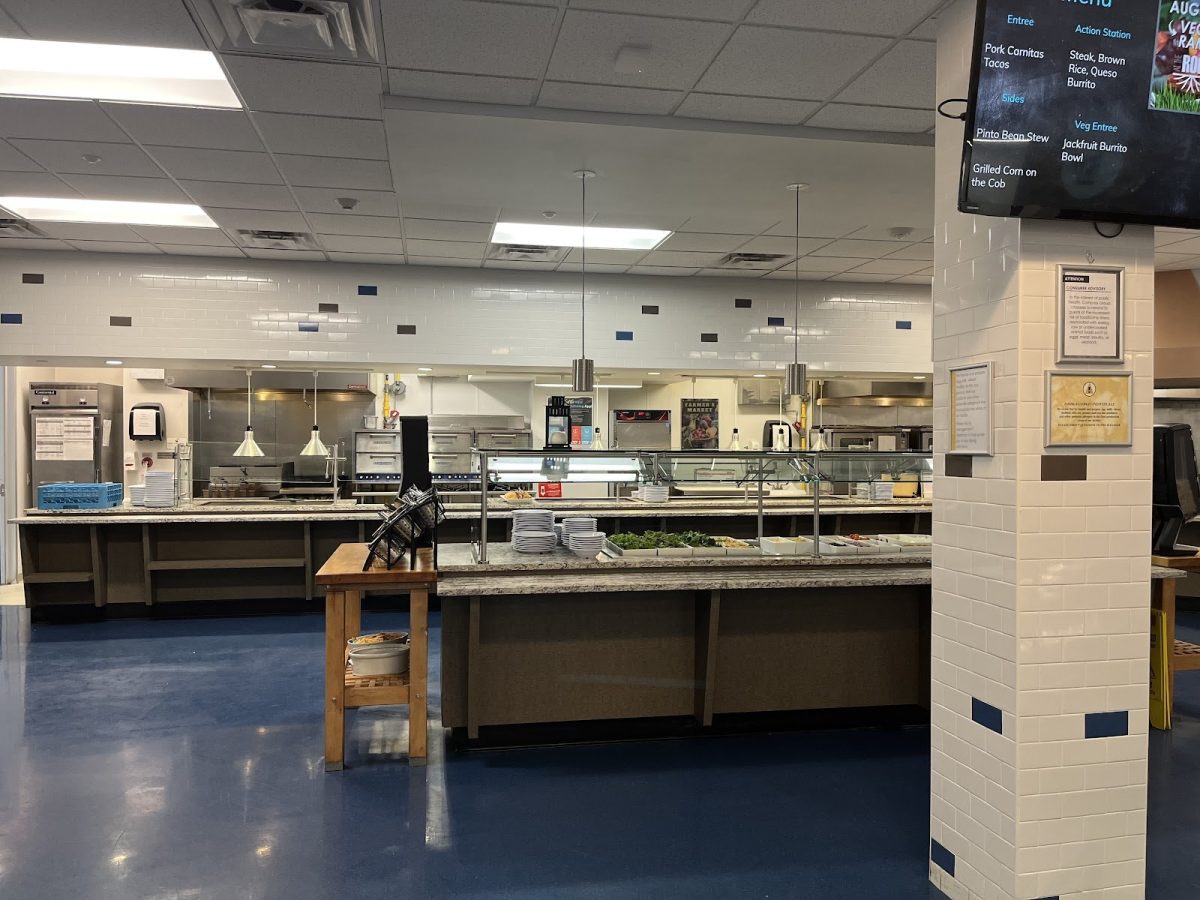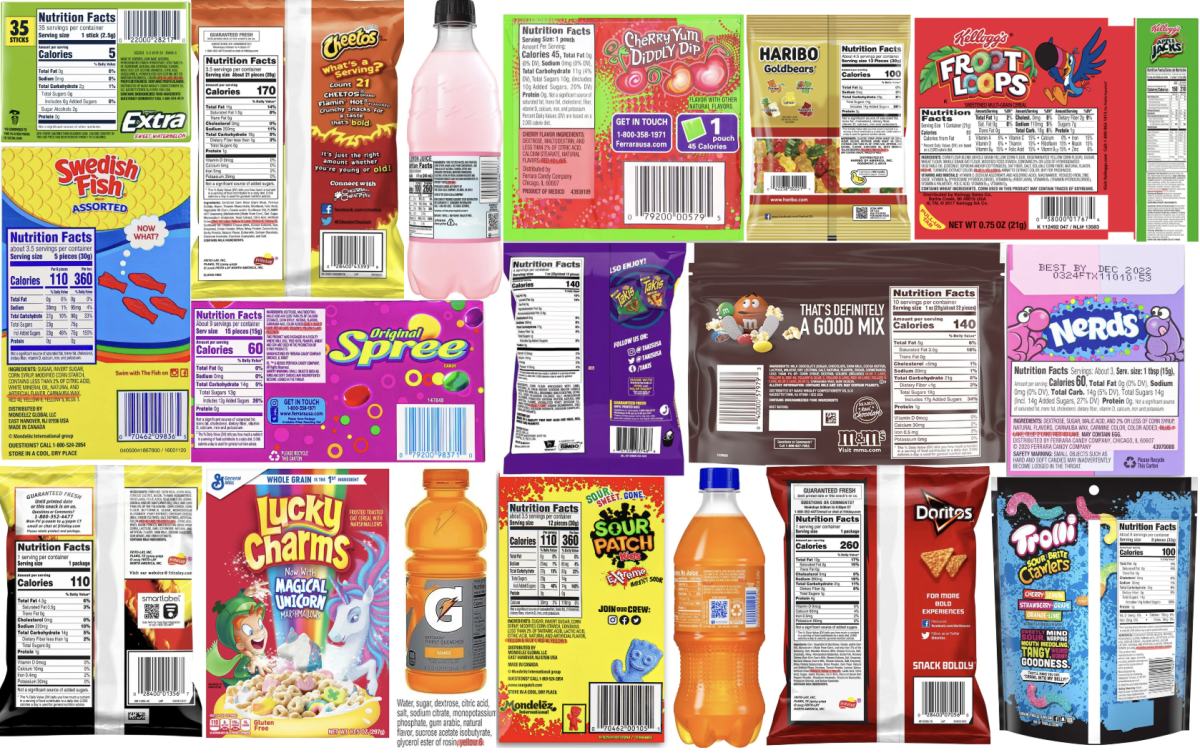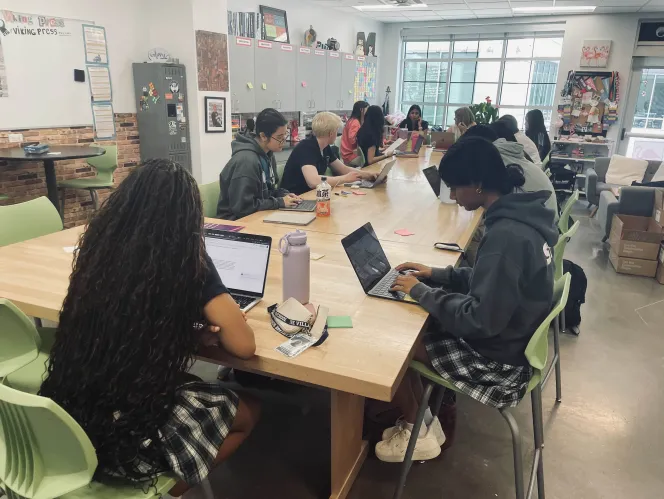If you had cold buns, or perhaps a cold bottom, what would you do? Most would try to warm up and get cozy, but would you do the same if it was your food? I personally would dislike eating cold buns with a warm patty, and as far as I know, no one likes cold food that is supposed to be hot! During our lunch at The Village School, we have to choose to heat our own buns, remove the cold buns, or eat the cold buns. Minor reforms in the cafeteria should be a higher priority, wouldn’t you agree?
The cafeteria food at our school is quite commendable. When compared to other school food, it holds up impressively well. It provides us with satisfying meals, however, I do notice a few minor issues that, while not major concerns like health hazards or food quality, could certainly enhance our overall lunch experience. These issues include occasional excess grease, instances of receiving cold burger buns, and sporadic shortages of fries. While they may not be major issues, addressing these minor concerns could elevate the quality of our lunchtime experience.
When I inquired if these issues deterred students from purchasing cafeteria food, a common theme emerged. When interviewing three students, all of them concurred: “We really need to change the side dish amount, it’s really inconsistent. You’ll see one person get a lot and the other person get barely any at all,” said sophomore Szymon Wu. This disparity in serving sizes is noticed by students and underscores the need for some simple changes. “I think they should serve more than they serve currently,” said sophomore Ross Nicoll. This sentiment highlights the consensus that the current portions may be insufficient. The reason for these problems could be due to the fact that there is little time in the workplace to do such minuscule tasks.
They, like me, have encountered issues with cold burger buns and occasional inconsistency in the serving size of fries. Interestingly, two out of the three did not express concern about the varying side dish portions; they noted that, on some days, they lucked out with generous servings of fries which balanced out the smaller portions on other occasions. Moreover, while two of the three students have not personally encountered excessive grease levels, none of them regarded the grease as inherently unhealthy. Instead, they shared the view that it simply needs some refinement to enhance its overall appeal.
While these concerns may not rise to the level of health hazards or major food quality issues other schools have, they are minor problems that, when resolved, could significantly enhance the quality of a student’s daily dining experience. After all, it’s the small changes that can make a big difference in our day-to-day school life.








